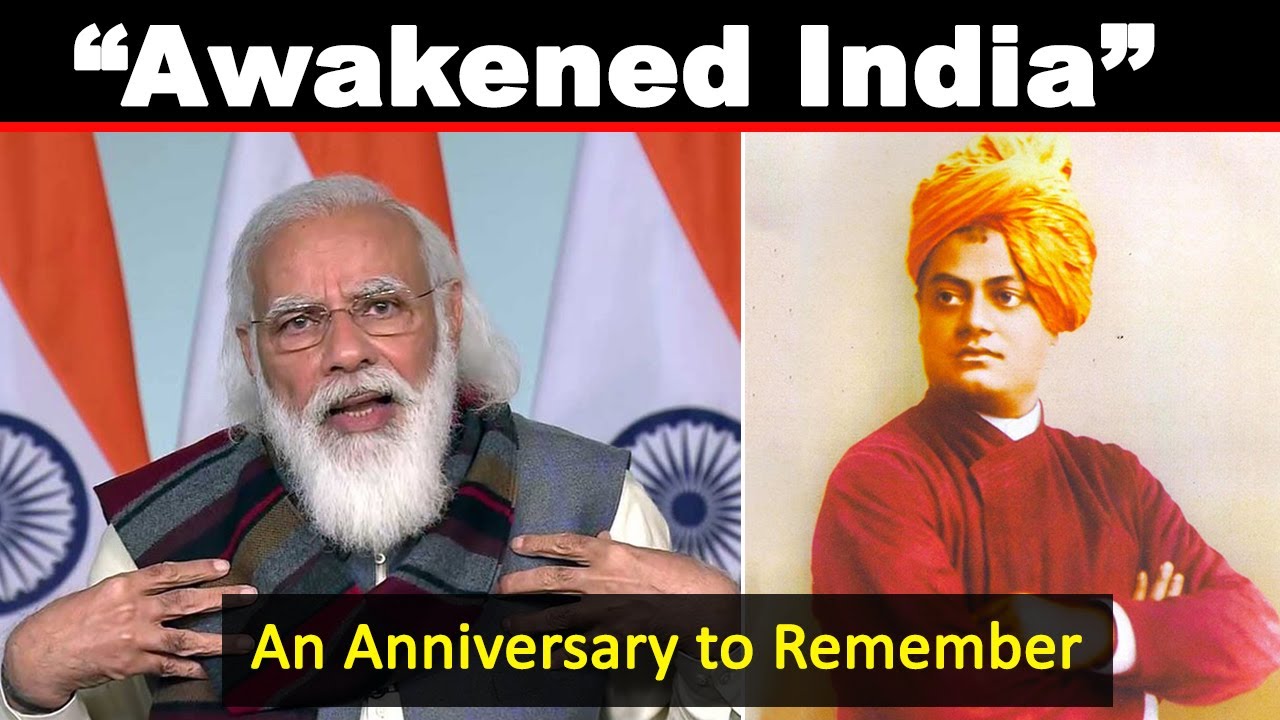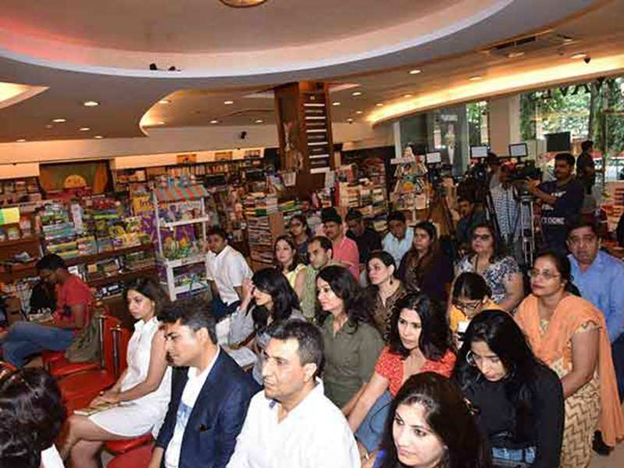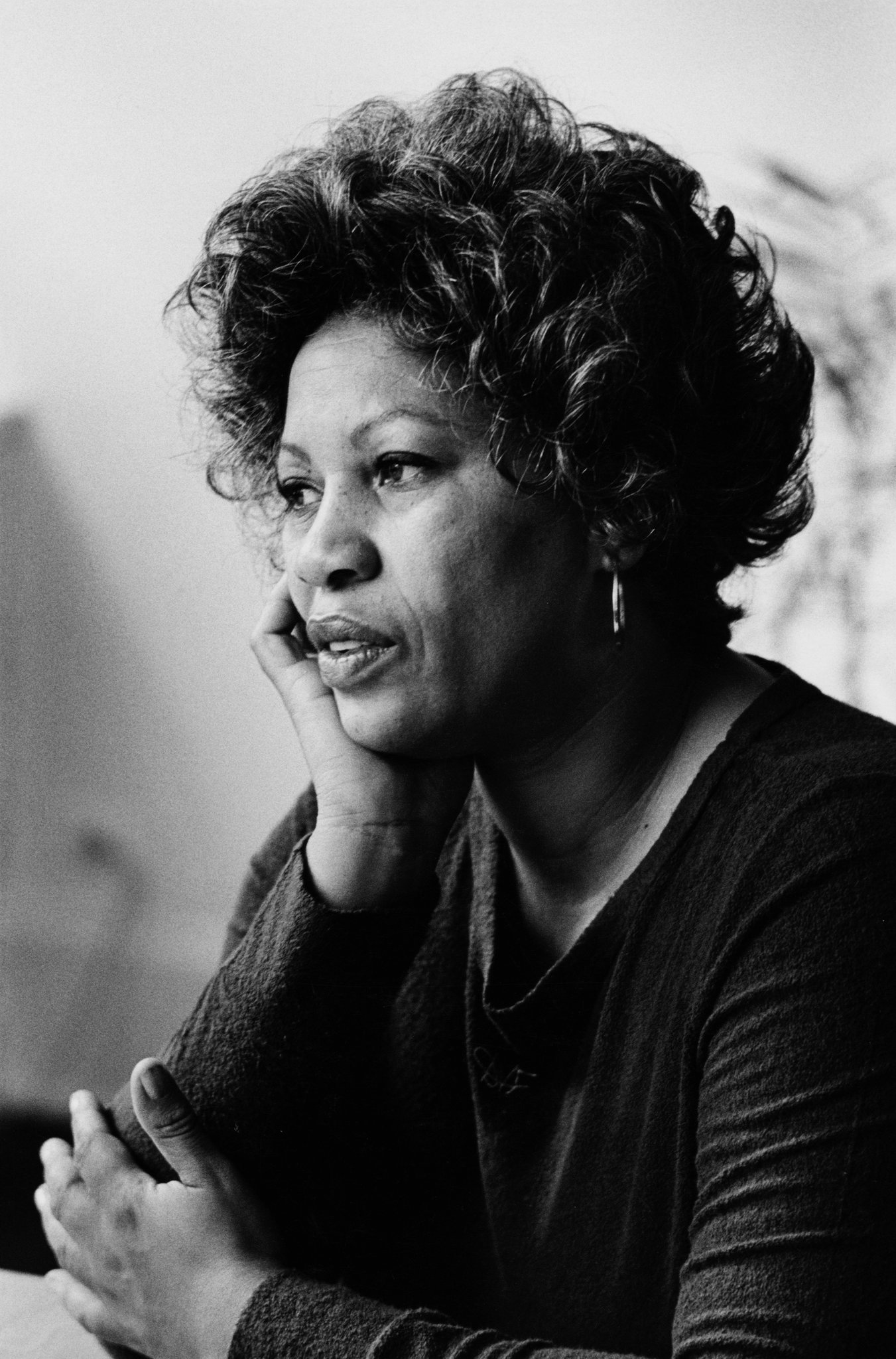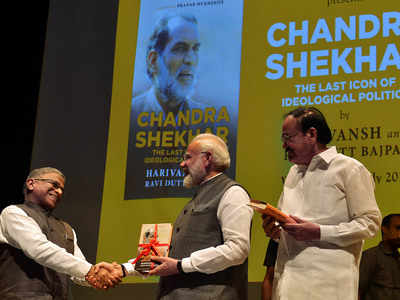Frontlist | “Awakened India”: An Anniversary to Remember
Frontlist | “Awakened India”: An Anniversary to Rememberon Feb 02, 2021

Nations can become great only by combining ancient wisdom with modern technology
The first newspaper printed in Asia was Hicky’s Bengal Gazette or the Original Calcutta General Advertiser. It was founded in 1780 by James Augustus Hicky, an eccentric and intrepid Irishman.
Published as a weekly from Calcutta, then capital of British India, it retailed for one rupee, quite a large sum in those days. Its motto, “Open to all parties, but influenced by none,” might still be the watchword of good journalism.
Unfortunately, its founder-editor-publisher fell foul with the authorities. He was a strong critic of Warren Hastings, then Governor-General. Hicky faced multiple lawsuits, was imprisoned, and went bankrupt. His paper had to be closed down within two years of its founding. After Hicky’s, many other papers and journals were founded in India, but most proved shirt-lived.
It was only after anther 50 years or so that Indian journalism and publishing was established on a sounder footing. Some of India’s famous 19th century newspapers which still continue include the Times of India. Founded in 1838 as the Bombay Times and Journal of Commerce, the “Old Lady of Bori Bundar” as the paper came to be fondly known, has been published under its present name, the Times of India, since 1861.
It is the largest selling, multiple-edition, English language daily in the world. Another newspaper from that period which continues till date is The Hindu. Starting as a weekly in 1878, it became a daily broadsheet eleven years later. In which format it is still published from Chennai, Tamil Nadu.
Among the English language journals established in the 19th century, one of the longest continuously published is Prabuddha Bharata. It was founded by India’s “cyclonic monk,” Swami Vivekananda. I can only think of couple of others which have enjoyed a longer innings and are still being published.
The Theosophist founded by Madame Helena Petrovna Blavatsky in 1879 and Vedanta Kesari, then called the Brahmavadin, once again founded by Swami Vivekananda in 1895.
A unique periodical
Prabuddha Bharata or “Awakened India” is a unique periodical. Starting out of Madras (now Chennai) as a monthly in July 1896, it has been in continuous publication for 125 years. Except for one issue, July 1898, which could not come out. That was because its young editor B. R. Rajam Iyer died of Bright’s disease, a kidney ailment, in May of that year.
After this unexpected setback, Vivekananda decided to shift the journal to the Himalayan foothills in Almora, Uttarakhand. His English disciple, Captain J.H. Sevier undertook to look after its management. Purchasing a hand-press, lead types, paper and inks from Calcutta, he transported them all the way to Almora, a journey in those days arduous and difficult. The journal has since never missed an issue.
With famous authors, including Rabindranath Tagore, B. G. Tilak, Romain Rolland, J.C. Bose, Mahatma Gandhi, S. Radhakrishnan and Carl Gustav Jung, writing for it, it is a repository of some extraordinary essays and articles.
Today the magazine, with its entire archive of back issues, is available in e-format. The new issues are also posted online in addition to being printed and circulated as hard copies.
In its 125th anniversary celebrated on 31 January 2021, the Indian Prime Minister, Narendra Modi, himself joined in the online programme. He praised the journal’s contribution to world thought and culture: “This is no ordinary journal … there is a very powerful thought behind its name … Swami Vivekananda wanted to create an awakened Bharat.”
Modi recalled how Vivekananda knew that the meaning of India is much “beyond just a political or territorial entity.” He said that Vivekananda “saw India as a cultural consciousness that had been living and breathing for centuries, an India that only emerges stronger after every challenge despite predictions to the contrary….” Commenting on the title of the aptness of the title journal, Modi continued, “Swamiji wanted to make India prabuddha or awakened … He wanted to awaken the self-belief that as a nation we can aspire for greatness.”
Next, Modi recalled Vivekananda great compassion and concern for the poor and downtrodden, who numbered in many millions. “He truly believed that poverty was at the root of every problem. Therefore, poverty had to be removed from the nation. He gave topmost importance to Daridranarayana or God of the poor,” Modi added.
The Prime Minister's message
The Indian Prime Minister next remarked on Vivekananda’s approach to empower the poor, which is still so relevant: “First, he wanted empowerment to be taken to the poor. If the poor cannot themselves easily go towards empowerment.”
Secondly, he said about India’s poor that “they are to be given ideas, their eyes are to be opened to what is going on in the world around them and then they will work out their own salvation.’” This according to Modi was the essence of practical Vedanta or spirituality in daily life as preached by Vivekananda.
I myself was privileged to be part of this programme along with the present head of the Ramakrishna Mission, of the Advaita Ashrama, Mayawati, where the journal continues to be edited, as well as its current editor. As we observe Vivekananda’s 158th birth anniversary according to the Indian calendar on 4 February, his message becomes all the more striking for our troubled times.
Nations can become great only by combining the ancient wisdom that teaches us the ultimate purpose of life and the moral principles of day-to-day living with modern science and technology which can ensure prosperity and well-being for all.
Awakened India
Bengal Gazette
Hicky’s Bengal Gazette
James Augustus Hicky
Pm modi
Prime Minister Narendra Modi
Swami vivekananda



.jpg)






.jpg)

.jpg)
.jpg)
.jpg)
.jpg)
.jpg)










Sorry! No comment found for this post.